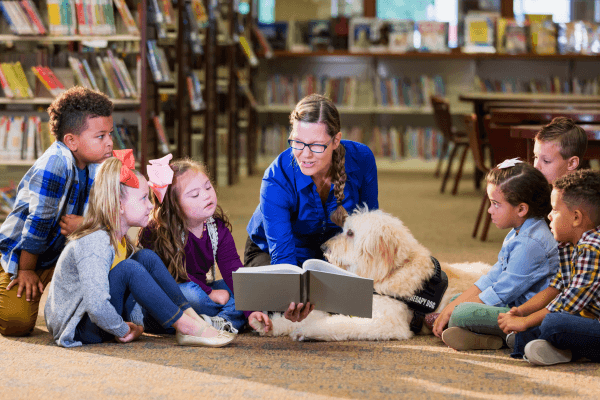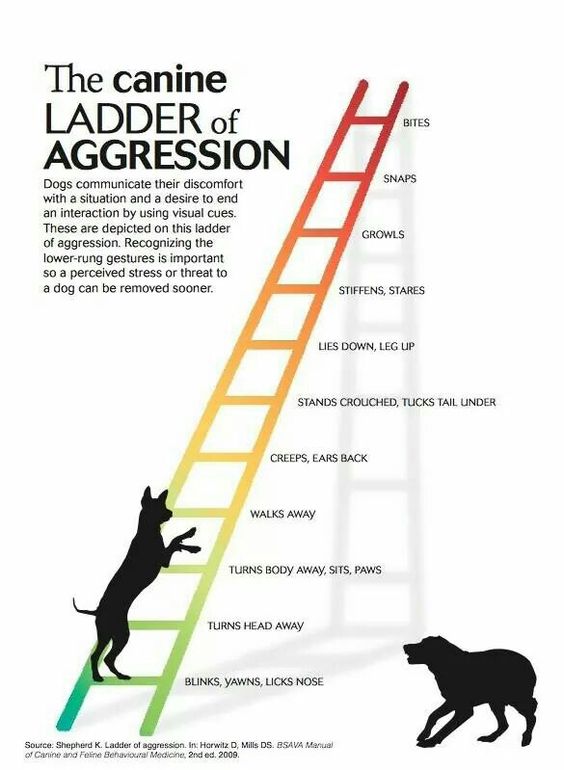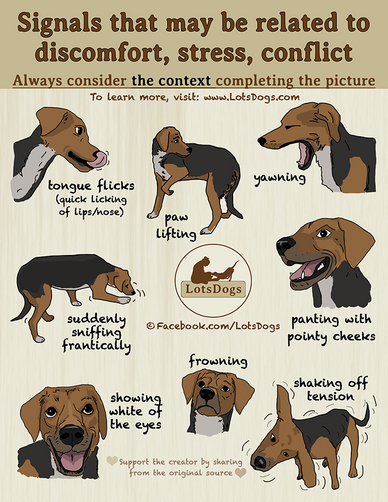Teaching children to interact well with animals

Whether it's the family's pets or those of other people, it's important for children to learn how to interact with furry friends! This not only helps to avoid incidents, but also to develop a good understanding of how to respect the limits of other living beings.
Before organizing a first meeting between a child and a pet, it's important to be familiar with the animal's personality and behavior. In particular, you can observe:
- How the animal reacts to sudden movements and noises.
- How he likes to be stroked and which sensitive areas to avoid.
Invite the child to observe your own interactions with the animal before approaching it. Be sure to set a good example! It's possible to practice with a doggie to identify the places you can pet and those you should avoid.
You can also practice with the child using a soft, calm voice in the presence of the animal. Make sure the child is able to remain calm and not get too excited, otherwise it's best to leave the room where the animal is!
Initial interactions set the tone for the rest of the relationship, so it's best to make sure the animal enjoys the experience rather than being fearful or uncertain.
Gently taming a cat:
- It's important that the animal is comfortable before the first interaction. Give him a few hours, even days, to calm down and familiarize himself with his environment.
- Organize a first meeting in a small, secluded room where the animal is comfortable. Enter the room with the child to spend some quiet time together. Encourage the child to gently approach the animal, to let themself be smelled, so that the animal can get used to them.
- Start with short visits and gradually increase the time you spend together.
- Teach your child not to invade the cat's space and to recognize the signs that it wants to be left alone. It's important not to force interactions.
Gently taming a dog:
- Once again, it's important that the animal is calm and comfortable in its environment. The first meeting can take place indoors or outdoors, but it's best to avoid too many distractions so that the animal isn't over-stimulated.
- Never leave your child alone with the animal, always monitor interactions and be ready to intervene if necessary.
- Make initial contact with the dog yourself, then invite the child to gently approach and let the animal smell them. Gradually, encourage the child to pet the animal in the areas previously identified.
- Make sure the child interacts with the dog in a respectful manner (avoid pulling its ears and tail, climbing on it, invading its space).
- Here too, take a gradual approach. Start with short interactions and build up gradually.
Some warning signs to recognize in dogs:
- He yawns, blinks or licks his nose
- He turns his head and body away
- He avoids our hand and moves away
- He cowers
- He's panting heavily and his jaw is clenched.
- He stiffens and stares
- He grunts or chatters
A few basic rules for children:
- Never approach a dog you don't know, even if it seems friendly!
- Do not disturb a dog that is sleeping, eating or playing with a toy.
- Do not play with a dog without adult supervision.
- Do not try to climb on the dog.
- Always let the dog smell you before you start petting him.
- Do not shout in the dog's presence.
- Don't run in the presence of an unfamiliar dog.
Additional tips for parents:
- Socialization is a very important aspect of a dog's balanced growth into a confident adult!
- To get off to a good start, it's a good idea to take dog training classes with your dog from an early age. But it's never too late to start!
- Always keep your dog on a leash when out and about, as he may react unpredictably.
- If a child approaches your dog when you're out walking him, explain the correct way to interact with your furry friend: speak softly and let the dog approach if he's interested. Or you may prefer to avoid contact. It's important to take charge of the situation!
Knowing and respecting your pet's limits promotes its well-being and the safety of everyone involved!




